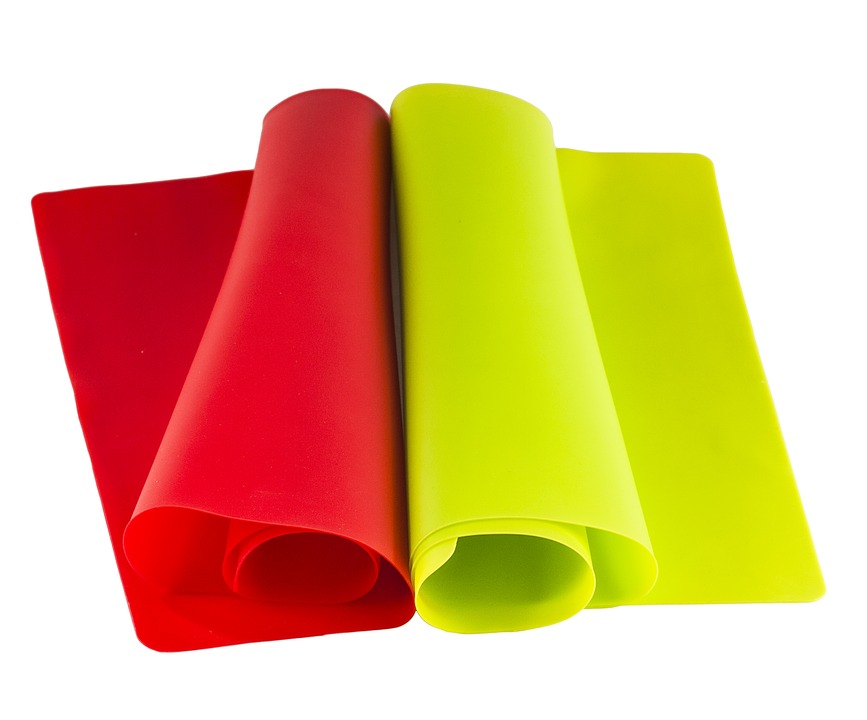Have you heard of silicone rubber molding and wondering what it is? Or, are you interested in this type of molding and you are just not sure how to go about it? If so, then this is your lucky day. This article has all you need to know to better your understanding on silicone rubber molding.
Let us start by explaining how liquid silicone rubber is achieved. This type of rubber is achieved by the use of Liquid Injection Molding (LIM). The difference between this type of molding and compression molding is the material is introduced into the cavities after the mold. The material is introduced through a system of runners, sub-runners, and sprues. The mold is then opened and parts removed after it has already cured.
Here is a step-by-step guide on how the liquid silicone rubber process is done:
1. Two barrels marked Compound A and the other Compound B are used to start off the process. The first barrel contains the cures while the second one contains chemical substances used as accelerants. The contents of barrel A and B are combined and kneaded in a one-to-one ratio by an external mixer. Any color that is needed will be combined with the two compounds during this step.
2. Every rubber molding process has its own needs. Therefore, the machine used to inject the mold must be programmed and customized according to the needs of the job. The machine settings must be programmed to the correct shot size. You will notice that the pistons and platens that line up and close the mold have settings for cycle time, pressure, and temperature that must also be set according to the specific needs of the mold.
3. When you are done with setting the injection machine, you now have to heat the mold to temperatures of between 300 to 350º Fahrenheit and then apply clamping force. Next, close the mold and screw the plunges forward. This is done to push the material into the succeeding cavities and the mold.
4. Continuously apply pressure and heat to the Liquid Silicone Rubber (LSR) material until it is cured into a solid state. The mold will open after the cycle time is complete and the rubber part with any flash can be removed. The mold will close itself to repeat the liquid silicone rubber process.
5. Now, the last step involves moving the parts through a manufacturing operation. This operation puts the LSR through a post-molding process. This process includes post-curing, deflashing, inspection, and packaging.
The LSR molding process is simple. The only issue that you might face is may be gaining access to the right instruments to use. Otherwise, these five simple steps are the ones to follow in the LSR molding process.







